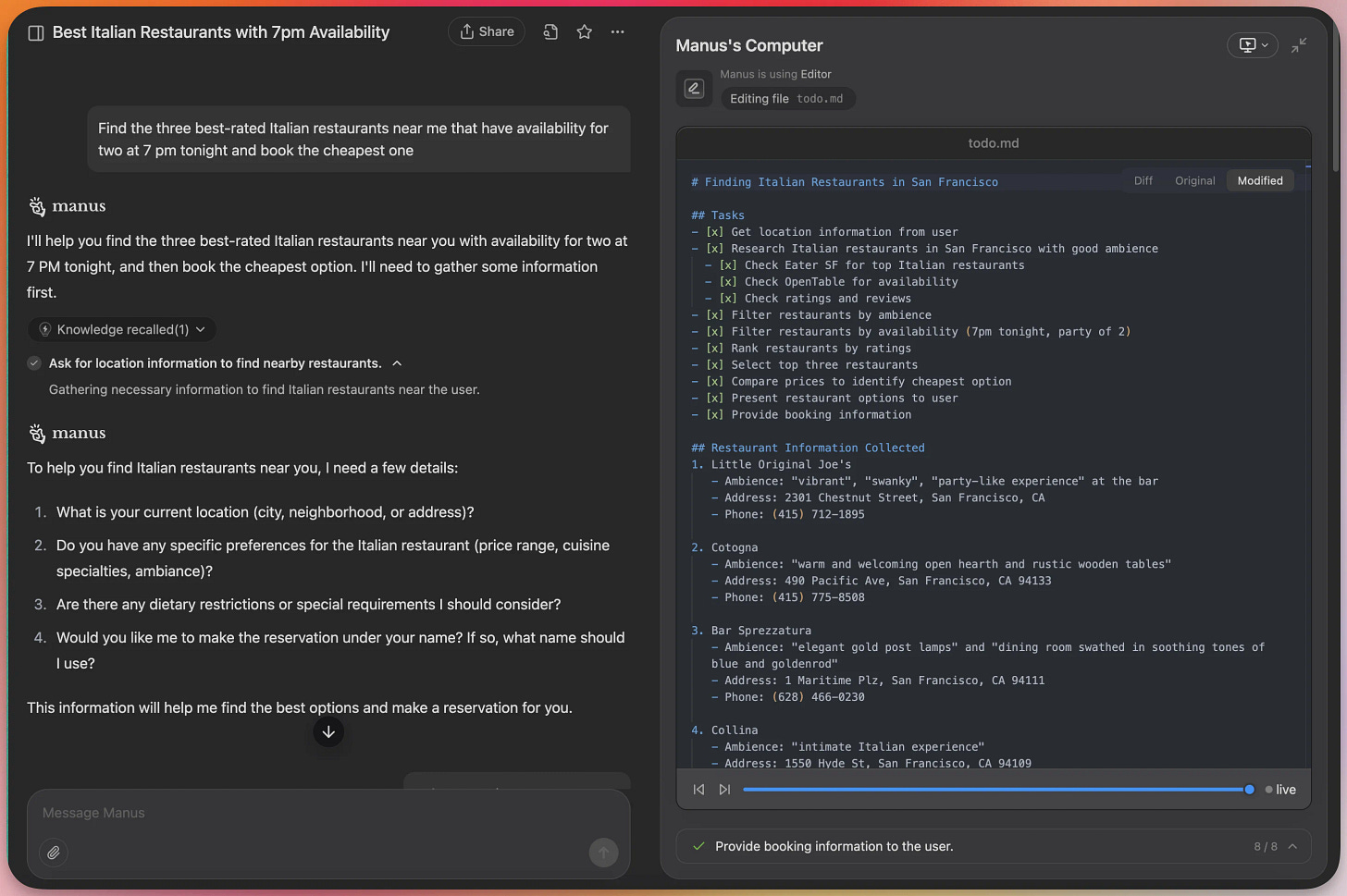Why everyone’s talking about AI agents
A look under the hood of AI agents: what they are, what they do, and why they’re changing the world of AI.
They say 2025 is the year of AI agents. Maybe you saw OpenAI’s CPO Kevin Weill pegging 2025 as the “year of the agent” at Davos, or Zuck talking about AI engineers.
It feels like the next big thing – the successor to the chatbots we’ve gotten used to.
But, what's the actual difference, and why should you care? Let's cut through the noise and figure out what these agents are, what they really do, and how they might change the way we get stuff done.
What are AI agents? (Doers, not just talkers)
In simple terms, AI agents are AI systems that are designed to take actions and complete tasks autonomously to achieve a goal you set.
A typical chatbot – ChatGPT, Claude, Gemini – is primarily a responder. You ask it something, it processes, and it gives you back text, code, or an image. It's an incredible tool for generating content and answering questions, but it mostly waits for your next command.
An AI agent aims to be a doer. Instead of just telling you how to do something, it tries to do it for you.
This means making a plan, using tools, and interacting with the digital world much like a human would.
If you ask it: "Find the three best-rated Italian restaurants near me that have availability for two at 7 pm tonight and book the cheapest one”…
…The AI agent would typically work in a loop:
Think/Plan: Figure out the steps needed to reach the goal, e.g. "First, find nearby Italian spots”
Act: Use a tool or take an action (like running a web search)
Observe: See what happened – "Got a list, need to check ratings/availability”
Think Again: Based on the observation, decide the next step – "Filter list, check booking sites for 7pm”
This loop continues until the agent achieves the goal. We're already seeing early versions: OpenAI is beta-testing Operator, which can navigate websites to make reservations or purchases. Anthropic's Claude has a 'Computer Use' mode that lets it interact with a virtual computer screen.
It's not perfect – far from it – but the core idea is shifting AI from passively responding to actively executing.


